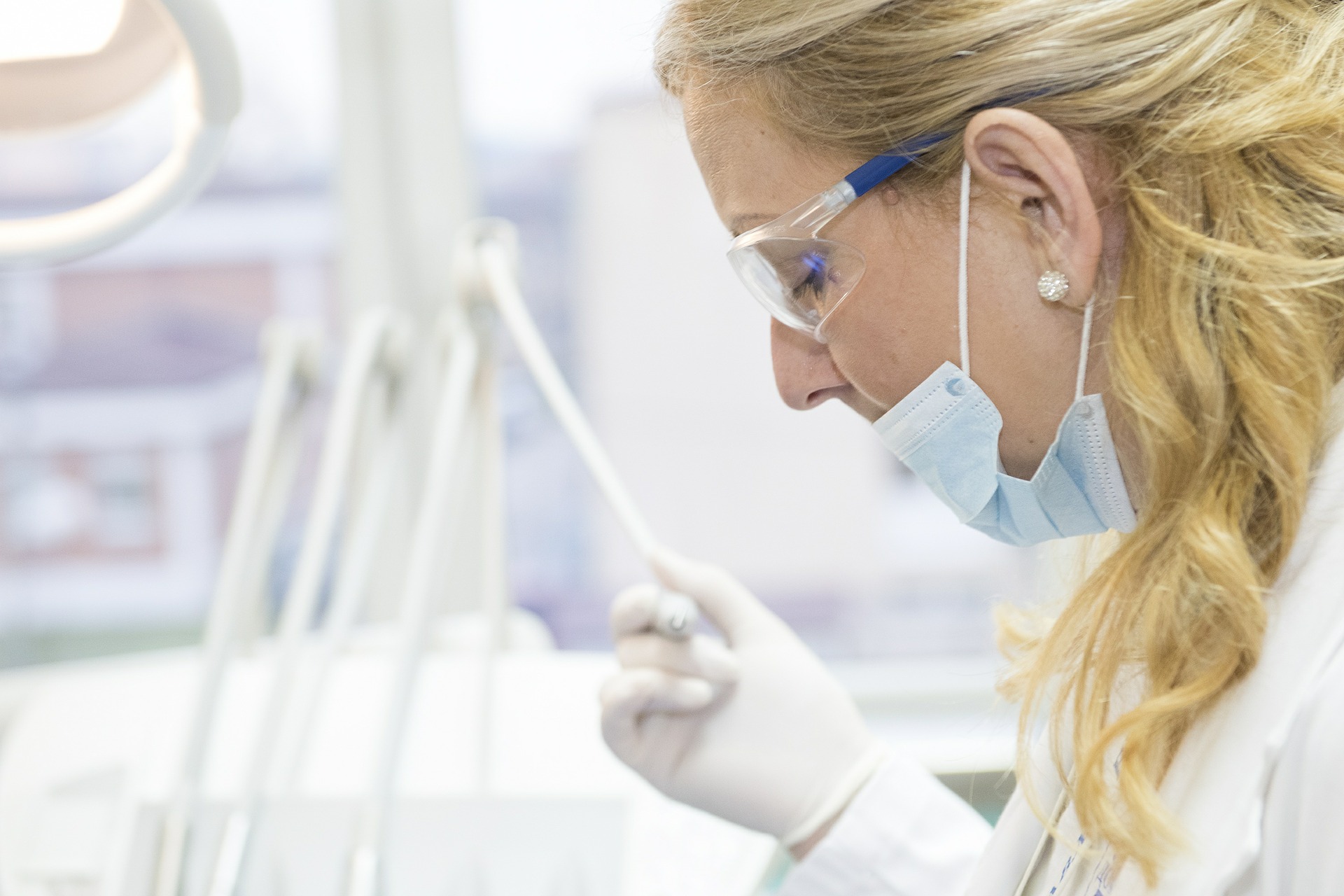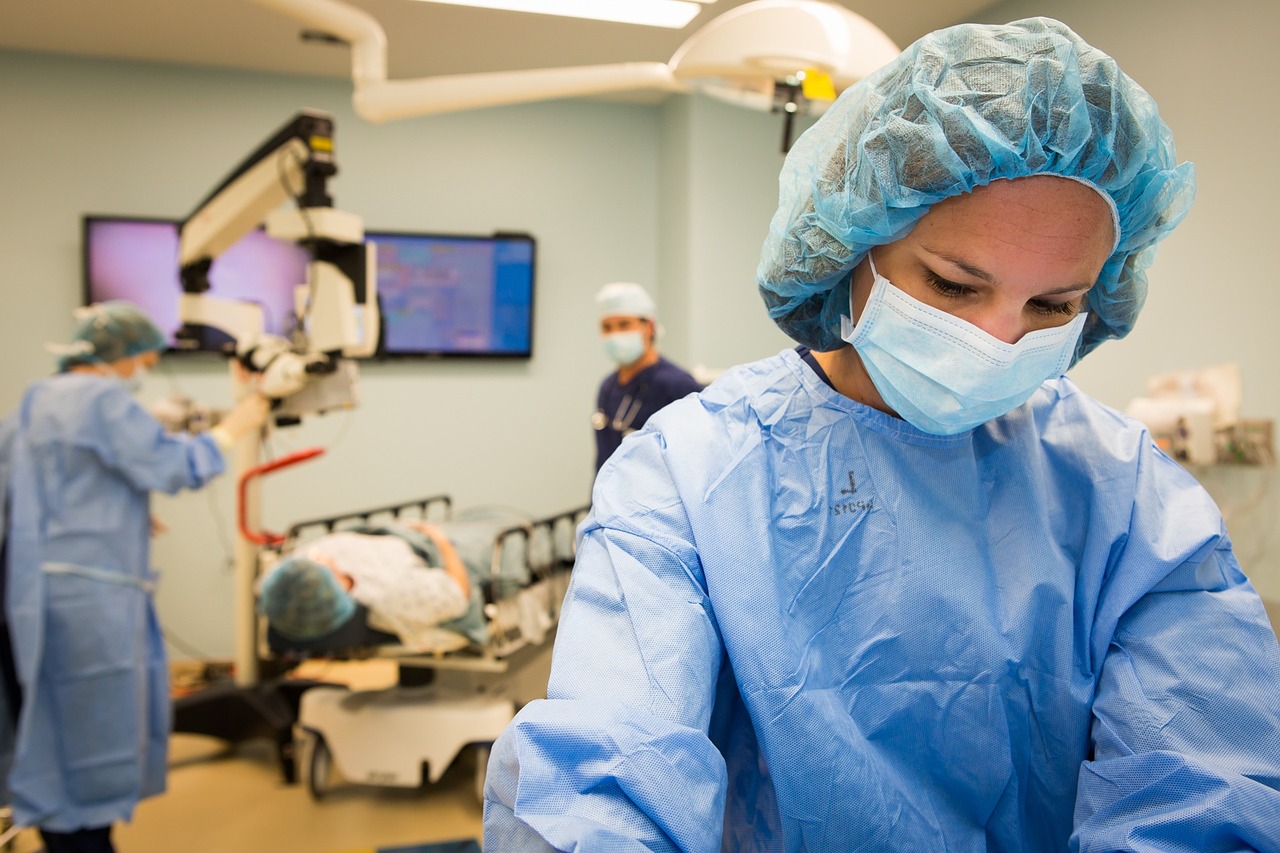When you think about medical assistants, you might think about the people in hospitals or doctor’s offices taking vital signs. And that’s certainly one, important role that medical assistants play. In doctor’s offices, for example, the medical assistant is often the first trained professional the patient comes in contact with, and the one he or she spends the most time with.
But students who graduate from medical assistant programs and receive certification can take on so many roles!
One specialty that allows MAs to branch out is phlebotomy. Drawing blood from patients for lab tests is in itself a special skill, and a phlebotomist can gather experience and training to rise to master phlebotomist status.
Those who have been through eye exams know first-hand the role that an ophthalmology assistant plays in that office—that’s a position that requires a bit of extra training, but medical assistant training will give you a baseline that you can then build upon to fill that role or an ophthalmic medical technician role.
While pharmacists still fill orders within a nursing home or other assisted living setting, it’s actually a licensed medication aide who will be responsible for getting medicine to patients—and that’s a position that medical assistants can become licensed to do.
For Cybertex-trained medical assistants who want to work in hospitals, EKG technician and medical office specialist jobs take skills that they learn as part of their modular training and apply them to important roles on a hospital team.
Because those students who go to Cybertex for their medical assistant training learn so much while they’re here, they have a world of possibilities when they get out. I’ve been involved in medicine for 30 years, and I can say that now is a very exciting time to be involved in the medical field. The fastest way to get involved in a medical career is to enroll in a medical assistant program, and Cybertex takes students through the entire program in just a little more than nine months.





